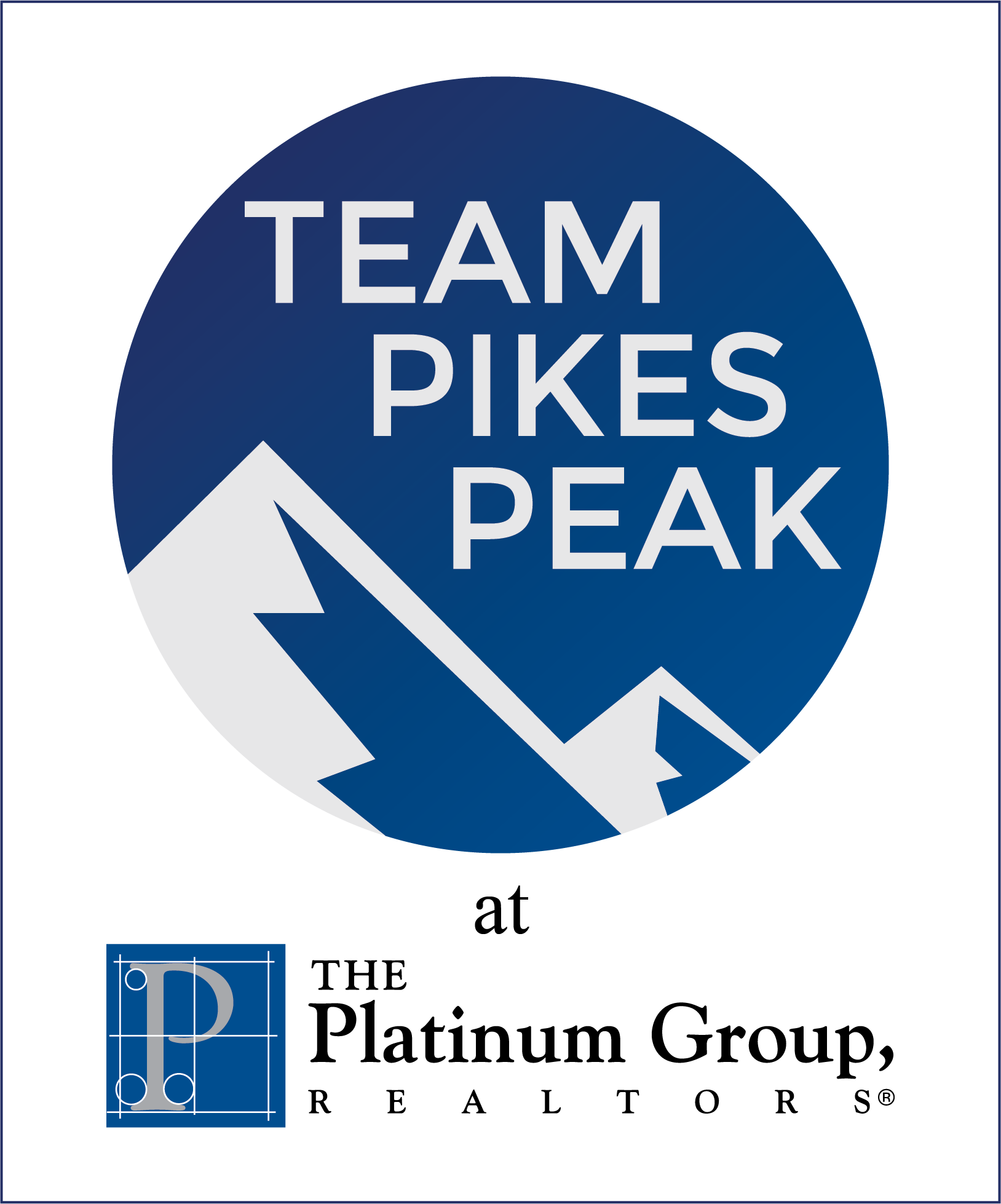The housing market stands on the verge of a significant transformation, driven by evolving sustainability trends that are reshaping buyer preferences and home construction standards.
Angi, the home improvement website, asked homeowners about their major investment plans for the next five years. While traditional projects such as bathroom remodeling and basement refinishing remain popular, the survey showed a growing interest in new projects, such as heating and cooling system upgrades and the installation of solar panels. Notably, a ratio of 1 in 3 homeowners is considering solar panel installation, and 1 in 4 is planning a heating and cooling system upgrade.
New building codes aimed at enhancing energy efficiency and reducing household energy consumption have also had an impact on market transformation.
Between 2006 and 2015, newly constructed residential buildings saw a nearly 30% improvement in energy efficiency due to updated building code requirements, according to the U.S. Department of Energy’s Building Energy Codes Program.
The Inflation Reduction Act, passed in August 2022, is expected to greatly accelerate this market shift through its home energy rebate program. It heralds a new chapter in property ownership and investment practices. The act allocates a substantial $8.8 billion for programs encouraging homeowners to enhance the efficiency of their homes through two primary initiatives.
1. High-Efficiency Electric Home Rebate Act (HEEHR)
This program allocates $4.5 billion to individual states to help low- and moderate-income residents create energy-efficient homes, save on monthly utilities, and lower their carbon footprints. Through point-of-sale rebates on electrification appliances and equipment, the act offers 100% rebates (up to $14,000) on electrification projects for low-income households and 50% rebates (also to $14,000) for moderate-income households.
2. Homeowner Managing Energy Savings Program (HOMES)
This program allocates $4.3 billion under HEEHR to individual states’ energy offices. Funds through the program are available to every household regardless of income; however, low- and moderate-income homes are eligible for higher rebates. Also, like HEEHR, this allocation is designed to provide rebates to help Americans create more energy-efficient homes—but that’s where the similarities stop.
Unlike HEEHR, HOMES doesn’t provide point-of-sale rebates on equipment purchases. Instead, it offers rebates based on modeled or actual home performance. There are two paths for rebates through the HOMES program.
First, the modeled-performance pathway calculates rebates based on the projected ability of an improvement to increase a home’s energy efficiency compared to its historic usage.
Contractors or other program implementers will use energy modeling software to establish an initial baseline for a home’s energy consumption and to propose a new energy model depending on the type of retrofit the homeowners have undertaken and their home’s historical energy usage.



0 Comments